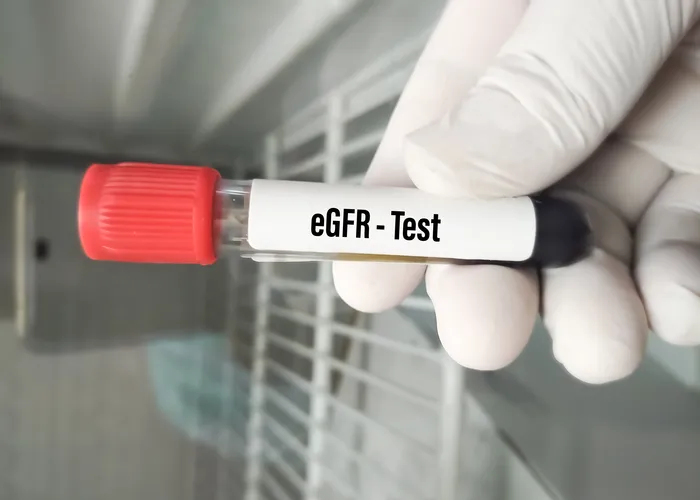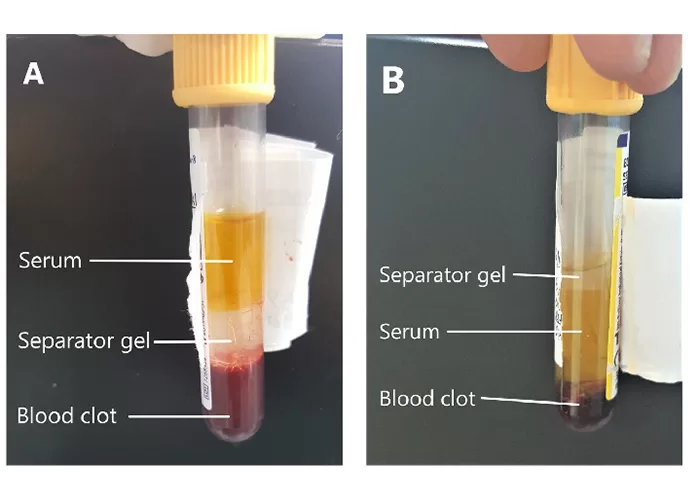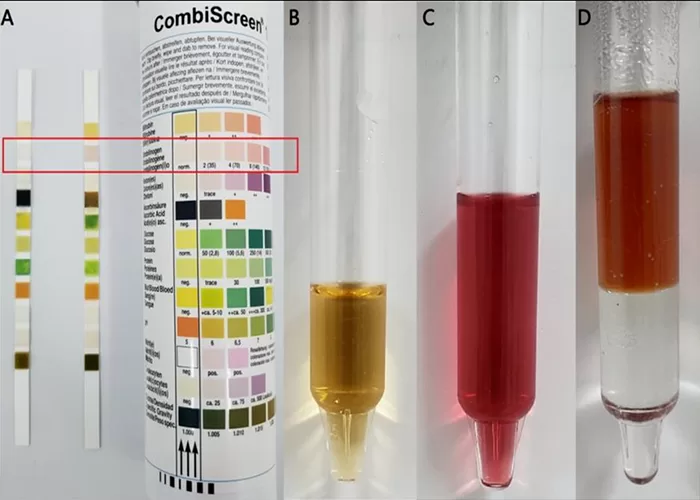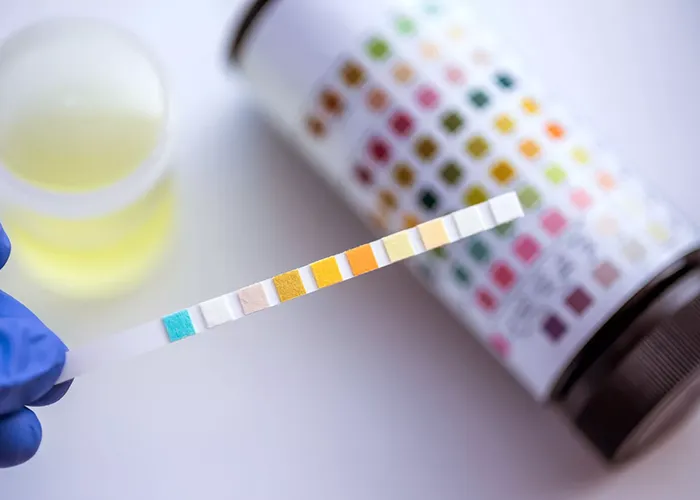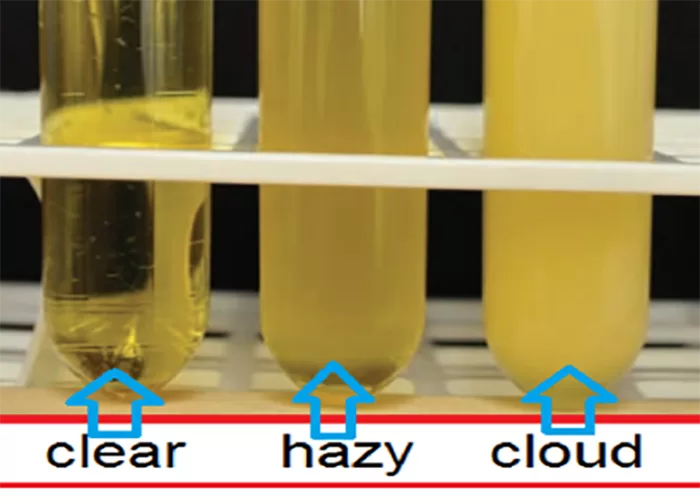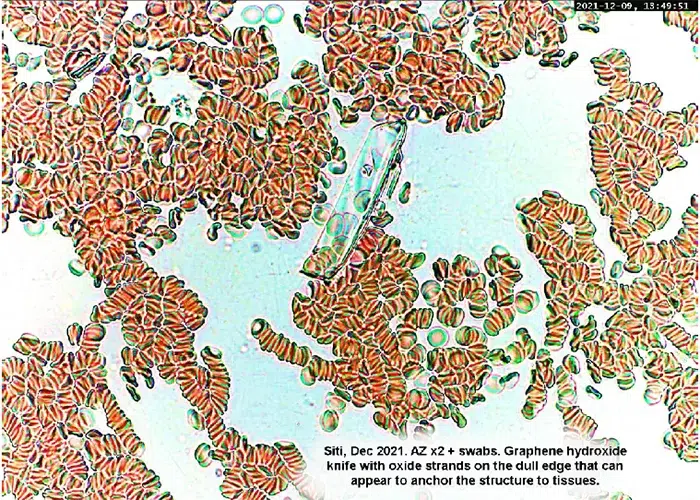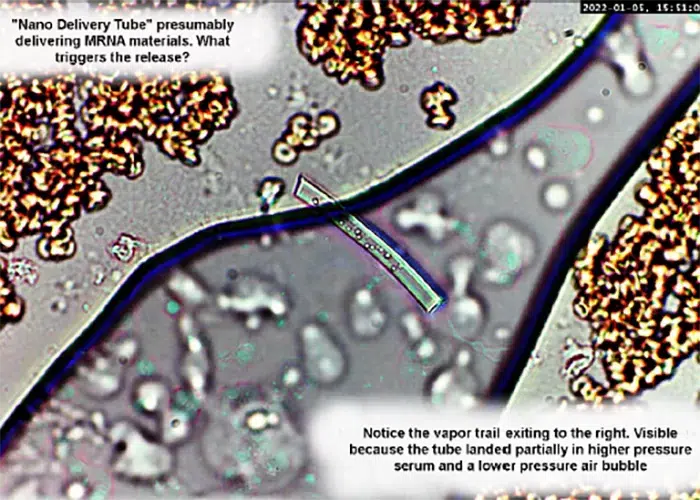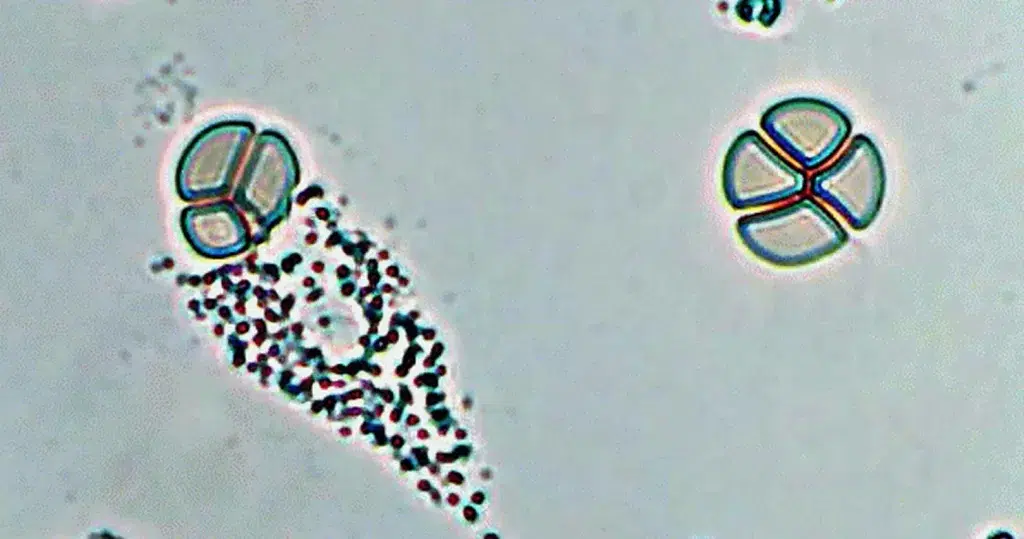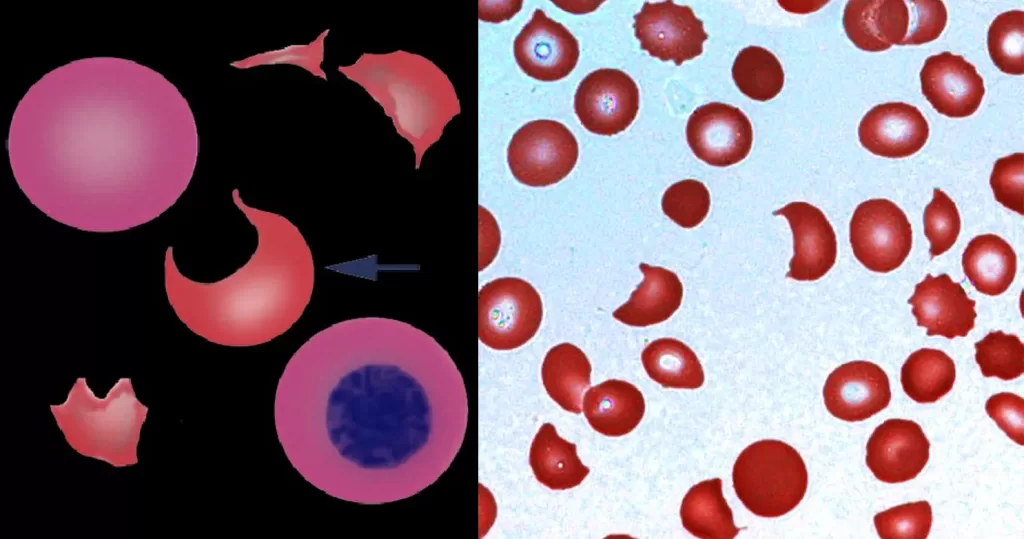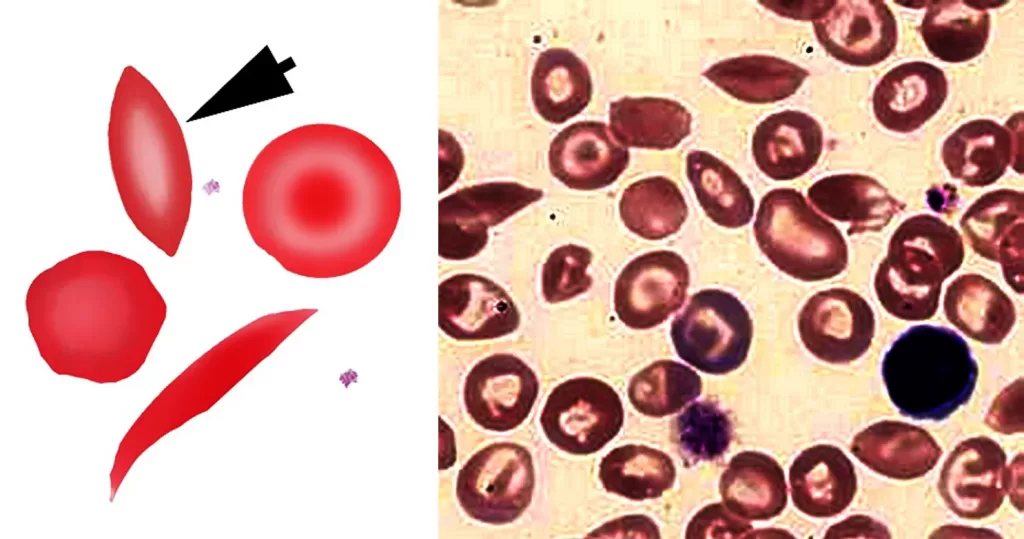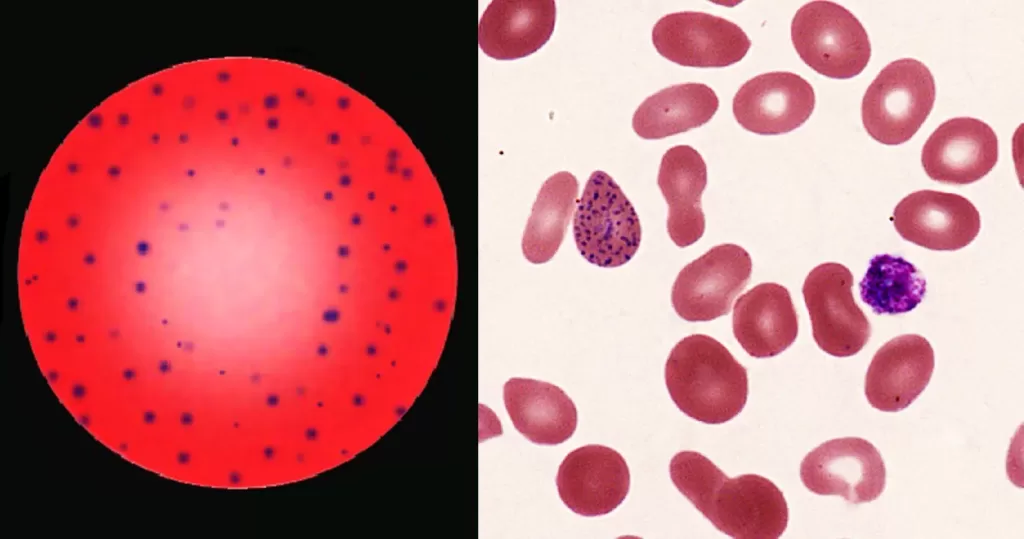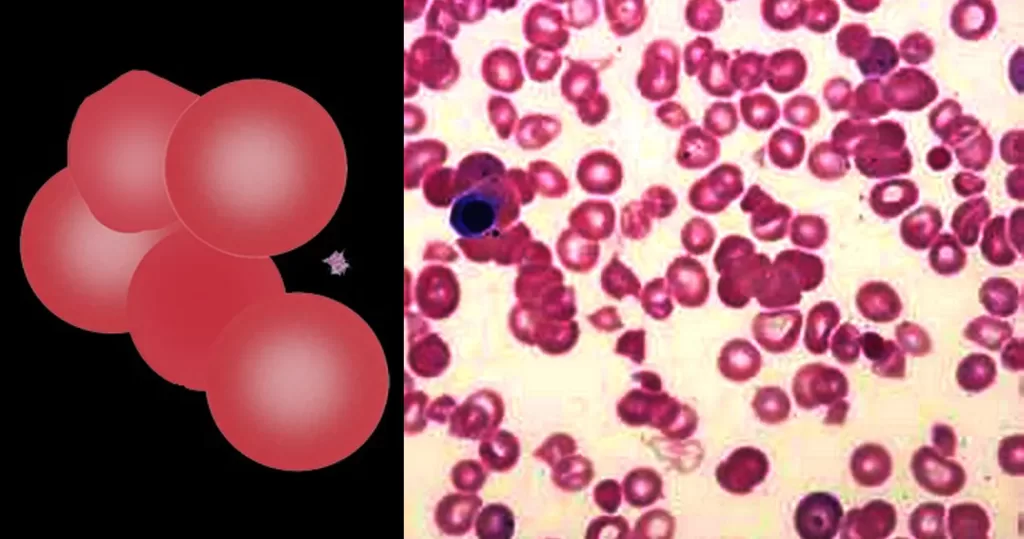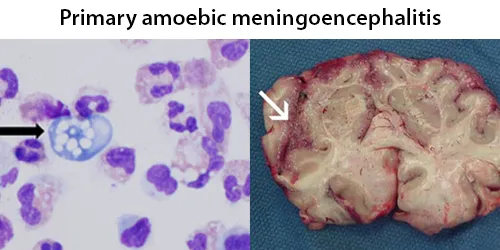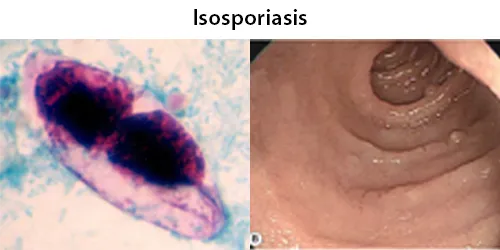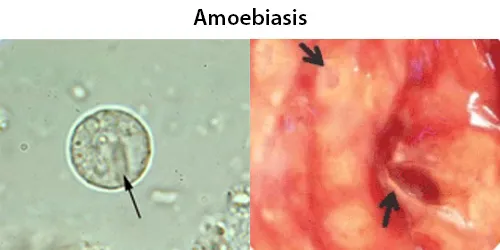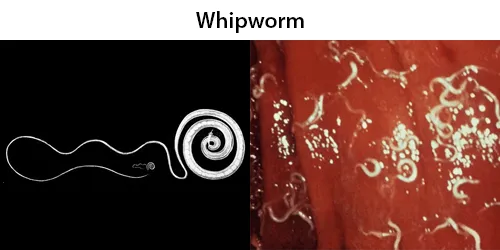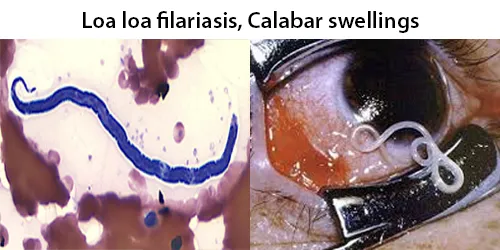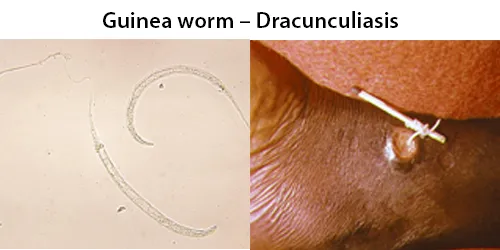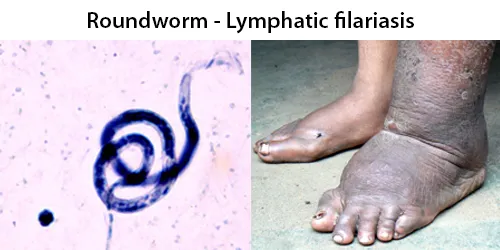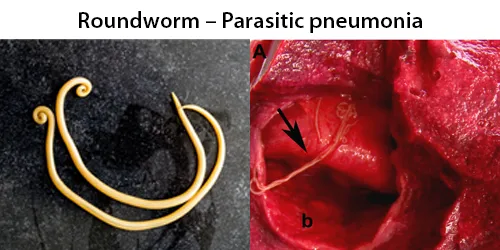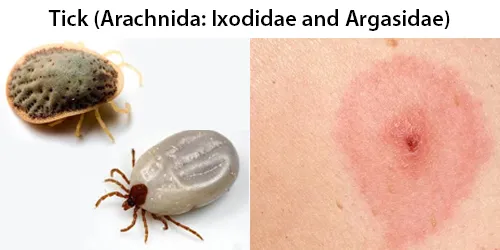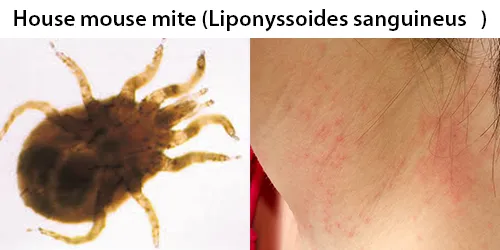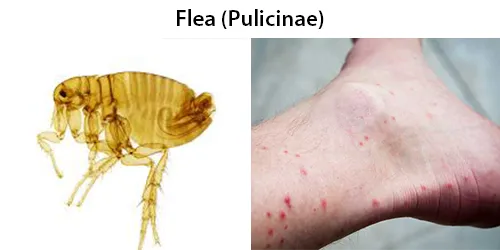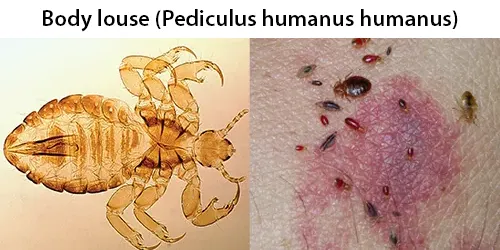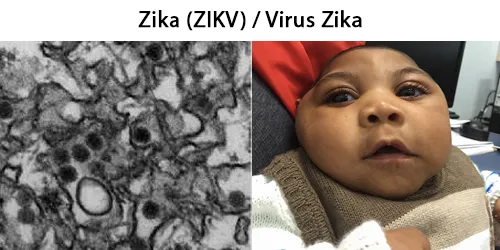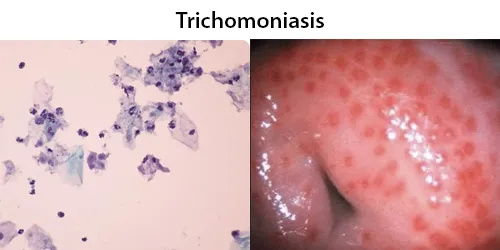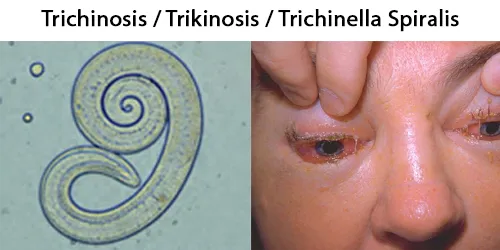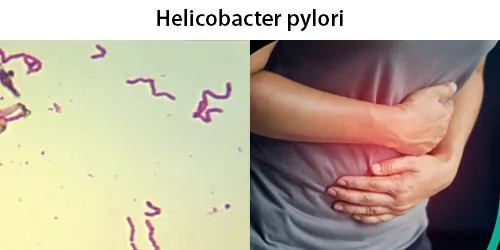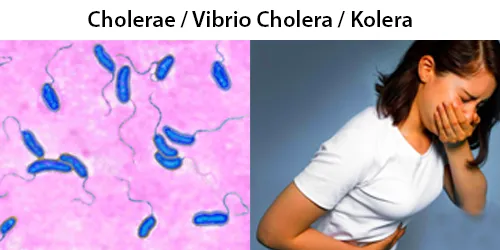Defective Genes “Cause” Less Than 1% Of All Disease
Following the completion of the Human Genome Project (HGP) in 2003 it is no longer accurate to say that our genes “cause” disease, any more than it is accurate to say that DNA is sufficient to account for all the proteins in our body. Despite initial expectations, the HGP revealed that there are only 20,000-25,000 genes in human DNA (genome), rather than the 100,000 + believed necessary to encode the 100,000 + proteins found in the human body (proteome). Did you follow that? There are not even enough genes in the human body to account for the existence of the basic protein building blocks that make it possible, much less explain the behavior of these proteins in health and disease states!
The “blueprint” model of genetics: one gene → one protein → one cellular behavior, which was once the holy grail of biology, has now been supplanted by a model of the cell where epigenetic factors (literally: “beyond the control of the gene”) are primary in determining how DNA will be interpreted, translated and expressed. A single gene can be used by the cell to express a multitude of proteins and it is not the DNA itself that determines how or what genes will be expressed. Rather, we must look to the epigenetic factors to understand what makes a liver cell different from a skin cell or brain cell. All of these cells share the exact same 3 billion base pairs that make up our genetic code, but it is the epigenetic factors, e.g. regulatory proteins and post-translational modifications, that make the determination as to which genes to turn on and which to silence, resulting in each cell’s unique phenotype.
Moreover, epigenetic factors are directly and indirectly influenced by the presence or absence of key nutrients in the diet, as well as exposures to chemicals, pathogens and other environmental influences. Thoughts and emotions also play a role in how these epigenetic factors are articulated, indicating that the flow of genetic information, once thought to be strictly vertical (passage of genetic information from one cell or individual organism to its progeny by conventional heredity mechanisms), also flows horizontally and bi-directionally, opening the door back up for the human soul to return to biological science, having been reduced to a mere “ghost in the machine,” since Ren Descartes (1596-1650), the French philosopher and mathematician, split body and soul asunder, almost five centuries ago.
In a nutshell, what we eat and what we are exposed to in our environment directly affects our DNA and its expression.
Within the scope of this new perspective even classical monogenic diseases like Cystic Fibrosis (CF) can be viewed in a new, more promising light. In CF many of the adverse changes that result from the defective expression of the Cystic Fibrosis Transmembrane Conductance Regulator (CFTR) gene may be preventable or reversible, owing to the fact that the misfolding of the CFTR gene product has been shown to undergo partial or full correction (in the rodent model) when exposed to phytochemicals found in turmeric, cayenne, and soybean Moreover, nutritional deficiencies of seleniun, zinc, riboflavin, vitamin e, etc. in the womb or early in life, may “trigger” the faulty expression or folding patterns of the CFTR gene in Cystic Fibrosis which might otherwise have avoided epigenetic activation. This would explain why it is possible to live into one’s late seventies with this condition, as was the case for Katherine Shores (1925-2004). The implications of these findings are rather extraordinary: epigenetic and not genetic factors are primary in determining disease outcome. Even if we exclude the possibility of reversing certain monogenic diseases, the basic lesson from the post-Genomic era is that we can’t blame our DNA for causing disease. Rather, it may have more to do
with what we choose to expose our DNA to, and even more surprisingly: how we choose to think and feel about our embodiment. Excerpted from the article “The Dark Side of Wheat,” published in the Journal of Gluten Sensitivity, Winter 08′.
Related articles….General Categories of Cancer. Certainly there are numerous invasive allopathic-type tests available, through any oncology clinic. These may include x-rays, CAT scans, needle and surgical biopsies, colonoscopy, blood tests, and the like. For those with lesser fortunes or in need or more natural medicine, consider some or all of the following, if anything for peace of mind, and for before-and-after evidence.
Lab Test Result Meaning. Interpret your lab results here.
Tumors Hide out from the Immune System by Mimicking Lymph Nodes. A tumor tricks the body into thinking it is healthy tissue.
Skin Cancer Screening & Diagnosis. Charts on what to look for. Nearly all cases of skin cancers would be curable if only they were caught earlier.
Under the skin largest organ in your body You might have heard that sure, parabens and other chemicals in your skin care are bad if ingested, but they can’t penetrate your skin so you don’t have anything to worry about. The fact is, much of what we place on our skin is absorbed into our bloodstream.
Prostate Cancer Screening: 50 Percent False Positives. The PSA is a marker of prostate inflammation, which in turn is believed to be a risk factor for prostate cancer. Yet in a study on 1,540 Swedish men, researchers found that PSA levels were not correlated with prostate cancer risk.
How to Do a Testicular Self Examination. For men over the age of 14, a monthly self-exam of the testicles is an effective way of becoming familiar with this area of the body and thus enabling the detection of testicular cancer at an early — and very curable — stage.
Defective Genes “Cause” Less Than 1% Of All Disease. In a nutshell, what we eat and what we are exposed to in our environment directly affects our DNA and its expression, not our genetic ancestry.
Poop Is the Most Important Indicator of Your Health. Like it or not, our bowels are the ID cards of our bodies, charting our recent histories with terrifying accuracy. So, how do we ensure a healthy gut?
8 Health WARNINGS Your Fingernails May Be Sending. Fingernails and disease don’t go together in most minds but they should. Your fingernails can give you valuable health warnings and signal the presence of serious disease.
Facial Diagnositcs. Bags under the eyes indicate a large intestine (colon) problem, or kidney problems. The bags right under, straddling the lower eyelids are kidney bags, the ones below them are large intestine (colon) bags. Liver and the area of the forehead between the eyebrows, also the right eye.
Family Doctor.Org. A wealth of on-line disease diagnostic tools An allopathic medicine site, featuring a series of self-diagnostic charts, many of which can indicate possible cancers. Many of the diagnoses end with “see your doctor,” certainly an indication to research further.
Master Index of Health-Related Articles on BSI.International






















